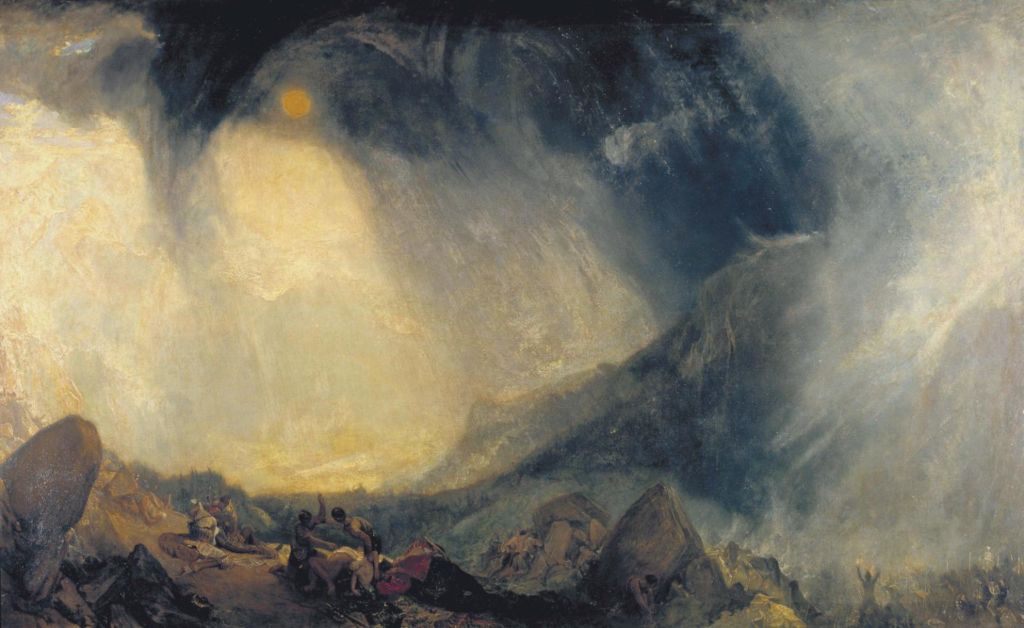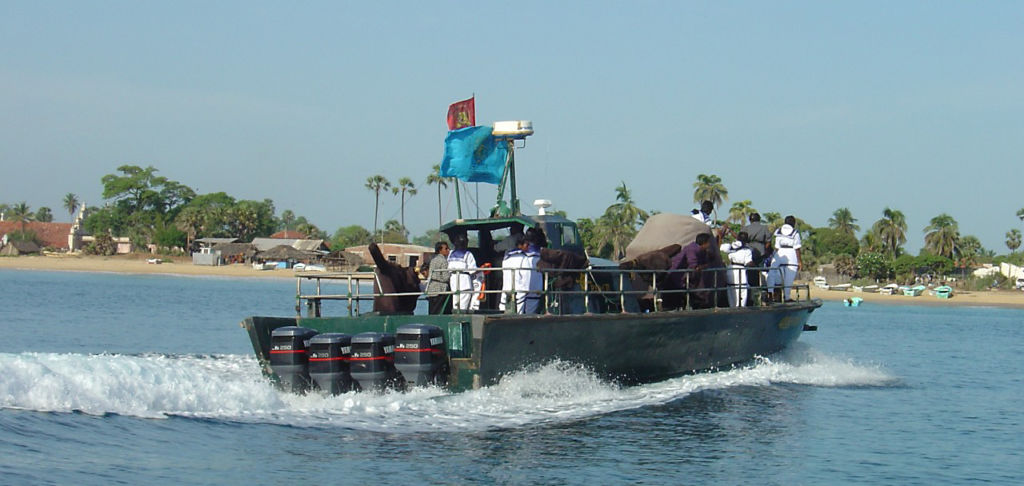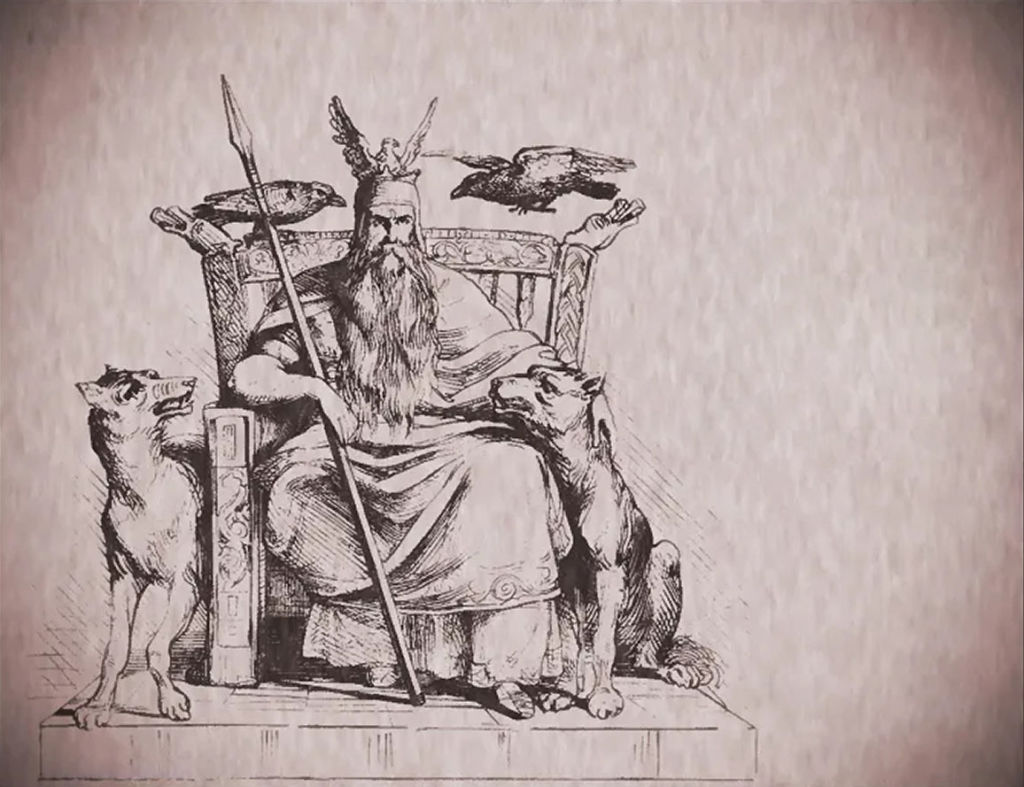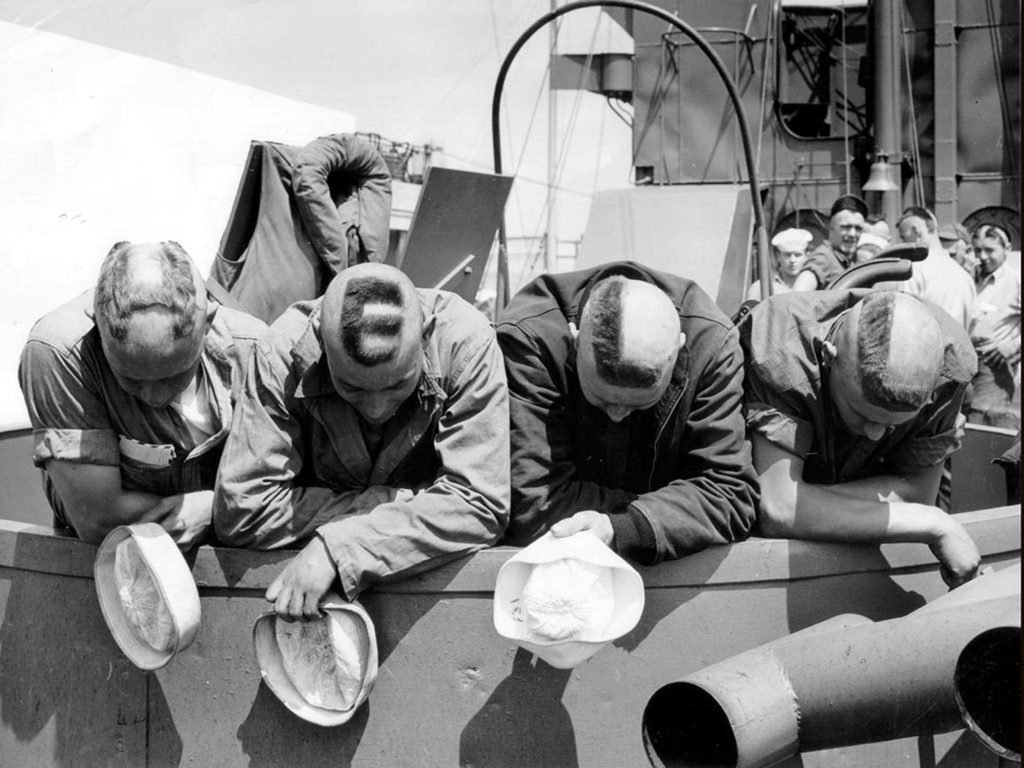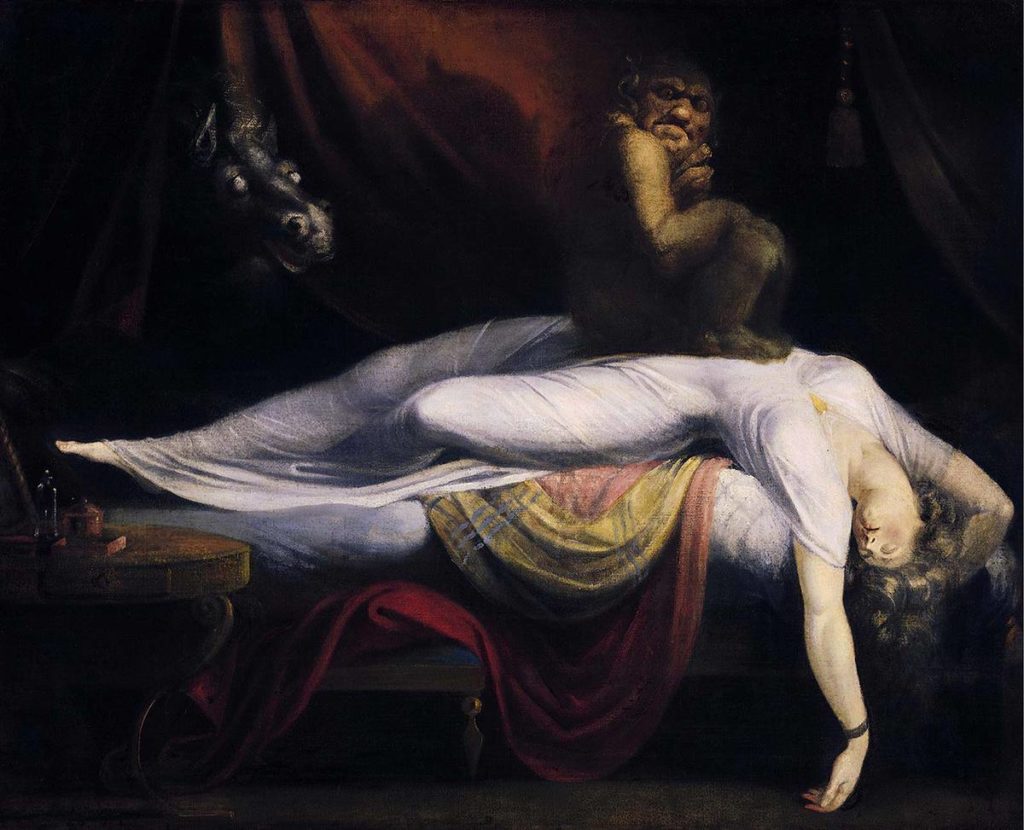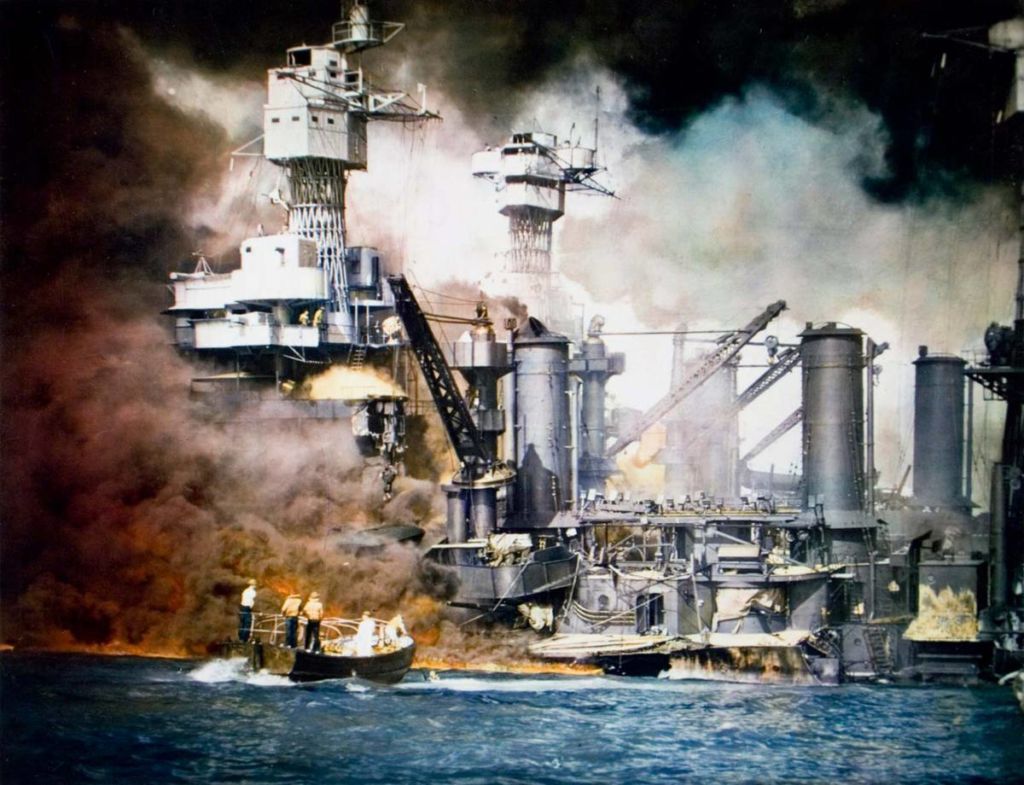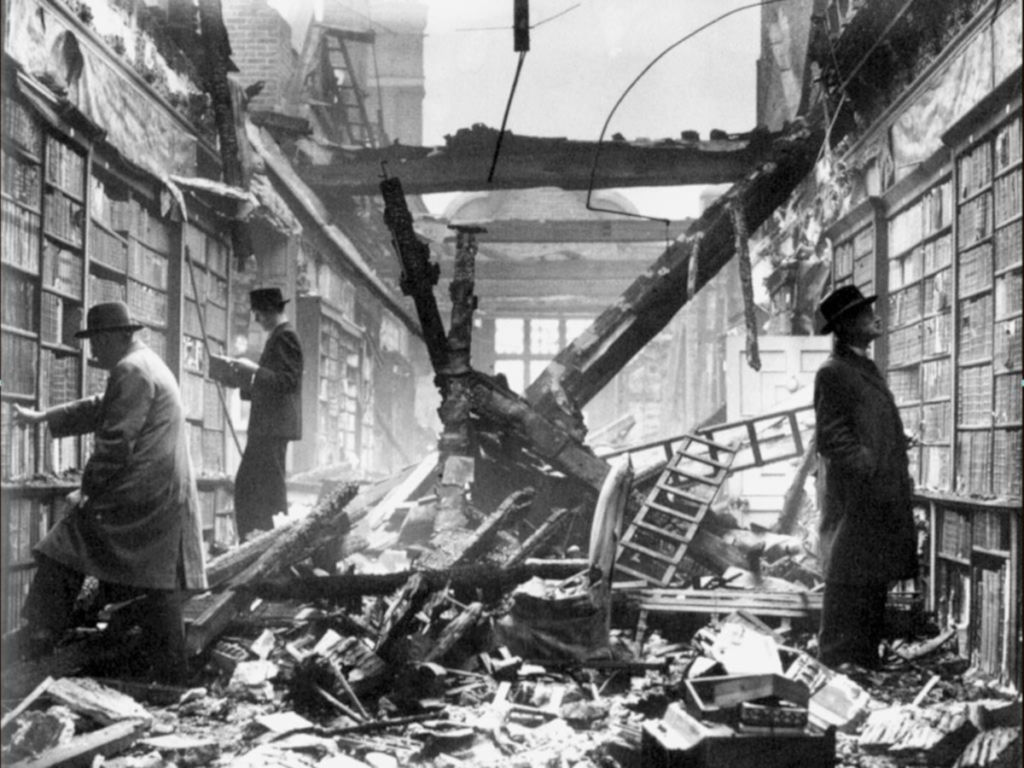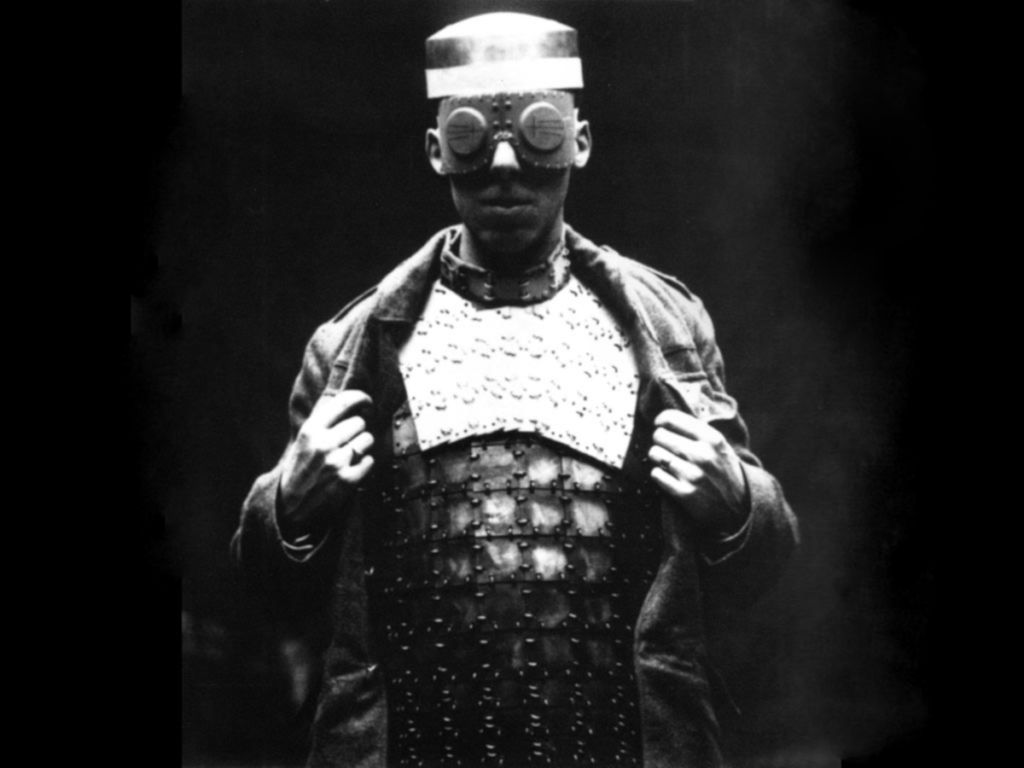Starting in September 2020, once a month Switch (on Paper) will publish an excerpt from Jean-Yves Jouannais’ Encyclopédie des guerres (The Encyclopedia of Wars). What started out as an experiment in oral literature is gradually taking the form of a book, scheduled for release in 2030. Until then, we would like to bring you a few excerpts, published here in alphabetical order like the entries in a vast atlas of wars. Today’s entry is Climatology.
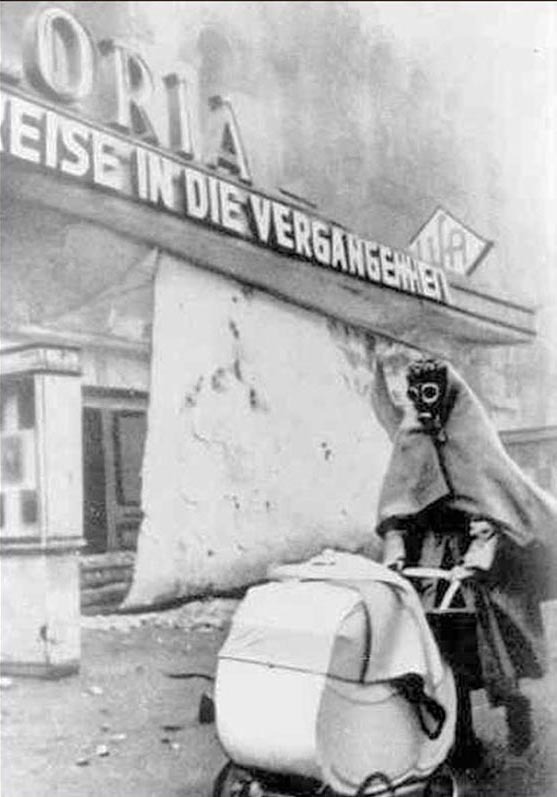
Berlin Kurfürstendamm, 1943 Photo © Wolf Strache
There are also some lesser-known works, ones that saw little success with the masses, and never will, and which express a certain liberal, French-intelligentsia attitude with regard to war. I’m thinking of La Campagne avec Thucydide by Albert Thibaudet, or Alain’s “warrior” texts, and our Guerrier appliqué. And if I stretch it a little further, I’d say their common tendency is to try to treat war like a meteorological event. Like a storm.
Robert Kanters, preface to Guerrier appliqué by Jean Paulhan, Éditions Rencontre, Lausanne, 1962, p. 10.
The Bhola Cyclone
On November 8, 1970, a tropical cyclone formed over the Bay of Bengal. It made landfall in the Ganges delta in the night of November 12 to 13 with the force of a category 3 cyclone. The winds surpassed 200 km/h and combined with an exceptionally strong storm wave, about five to six meters, which hit the densely populated region, for the most part at sea level, in the early morning hours. The Bhola cyclone was one of the deadliest natural catastrophes in modern times. It hit Bangladesh, then East Pakistan and the state of West Bengal in India. The number of victims is estimated at 500 000 and 100 000 people are believed to have disappeared. The hardest-hit areas were the Ganges delta islands, south of Dhâkâ. Bhola island paid dearly, with over 100 000 victims and the complete devastation of the upazilas Charfasson and Tazumuddin, losing up to 46% of their population. Chittagong city was also hit hard. The Pakistani government was harshly criticized for its poor crisis management. The Awami League party seized the moment to win elections in East Pakistan, aggravating tensions with the central government. This led to the Bangladesh Liberation War and the founding of Bangladesh in 1971. And so it is said that this was the only war to have been sparked by a meteorological phenomenon.
« Look, Hawkey! »
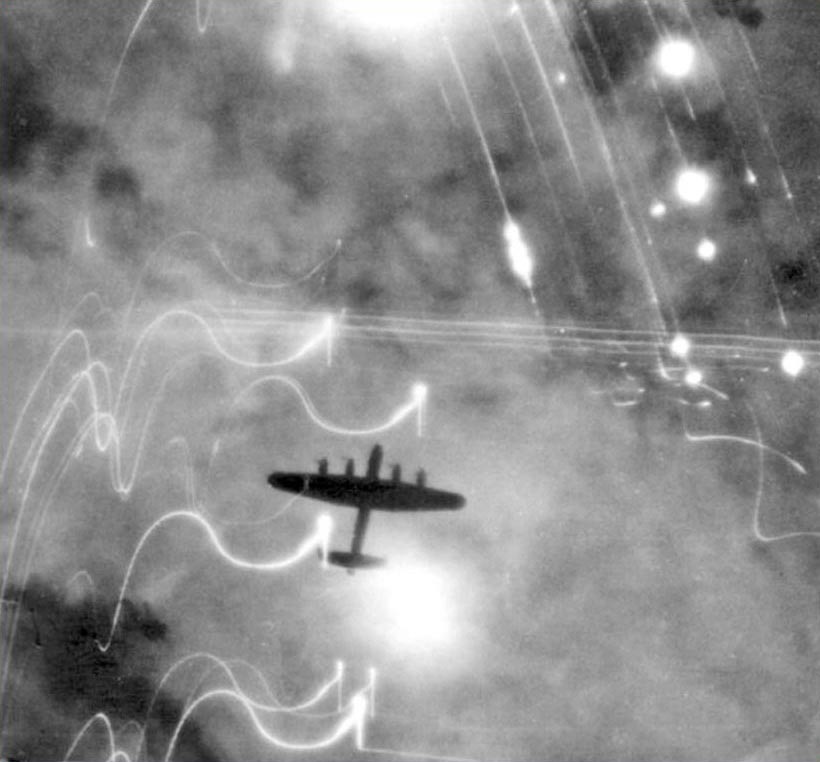
Avro Lancaster bomber over Hamburg, January 1943
Snow Storm, Hannibal and his Army Crossing the Alps (1812) by William Turner only incidentally depicts a war-related subject matter. The painter’s primary inspiration when making the painting’s first sketch was a desire to capture the forces of nature, to reproduce a storm embedded in the Welsh landscape. The subtitle Hannibal Crossing the Alps only came afterward. The son of Walter Fawkes, who was Turner’s patron, confirms this intuition. He recalls how once, when Turner was staying with them in 1810, they stood fascinated before a storm scene raging outside. Lightning cracked throughout the Yorkshire hills. Nature was a fury. Turner, absorbed by the spectacle, sketched it onto the back of a letter. At the height of the tempest, he cried out, “Look, Hawkey! In two years you’ll see this again with the title Hannibal and his Army Crossing the Alps.” From the sound of this anecdote, war is simply an element of natural history, a legible pattern subsumed by earth sciences. Or more precisely, a series of phenomena that we traditionally associate with cultural history and which, on the contrary, only make sense through the prism of fields like climatology, geology, entomology, the physics of natural turbulence, and cosmography.
The Firestorm
The raid on Hamburg in the night of July 27 to 28, 1943, was one of the deadliest. Indeed, it had been planned to yield a maximum of victims and material damage. The extreme heat generated by fires in outlying neighborhoods created a phenomenon called a firestorm. A powerful gale of air and flammable gases released through combustion propelled the fire throughout the city along an area of 21 km2. This extraordinary vacuum effect produced forceful air currents that surpassed the usual force of regular winds. The tornado of fire attained a speed of 240 km/h, consuming practically all the air’s oxygen. In meteorology, temperatures can vary between 20 to 30 degrees. In this fire, they varied along the lines of 100 degrees. It was an immense success. Not in terms of the countless deaths and destroyed homes, but as far as creating a true firestorm was concerned. That had been the ambition of Sir Arthur Travers Harris, aka “Bomber Harris”, head of the Bomber Command: To re-create every aspect of a meteorological phenomenon.
Dissolving Army
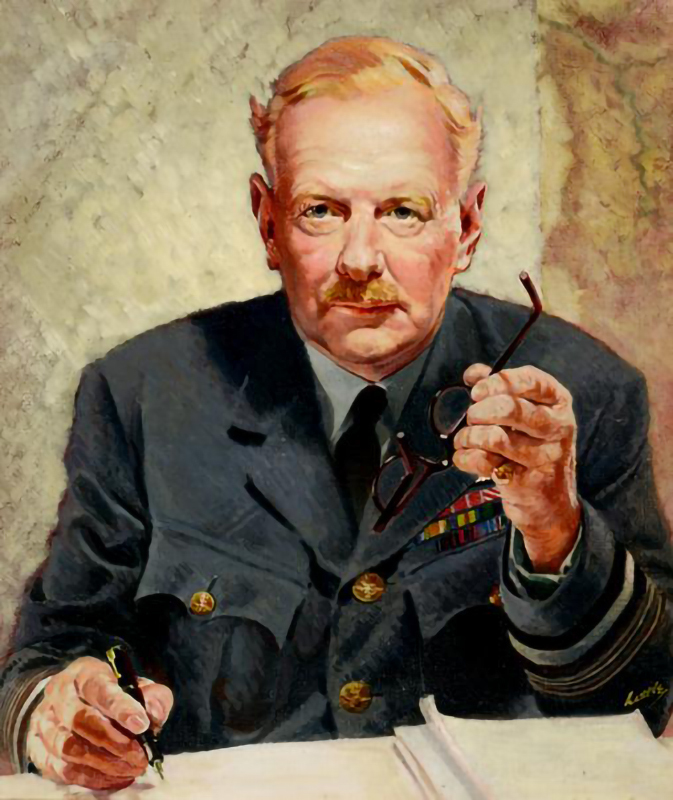
William Little, portrait of Sir Arthur Travers Harris, ca 1943, oil on canvas, Royal Air Force Museum, Hendon
Henri de Campion, a lieutenant in the Normandy regiment, reports of an episode from the Thirty Years’ War in his Memoirs. During his campaign in 1639, the Prince of Condé infiltrated Rousillon county with an army of fourteen thousand foot soldiers and two thousand five hundred horses. They overtook Rivesaltes, Salces, Canet, Estagel… the Spaniards were losing everywhere. One evening, the French army was bivouacking in the mountains above Leucate when, at one in the morning, it began to rain with a force unknown to anyone in the region. Atrocious winds and threatening lightning hindered the men even more than the rain, because the army was out on the naked rock, no shelter in sight. They were completely exposed, like animals caught in a trap. No coats, no tents, they had left camp perfectly confident. The violence of this bad weather made them hope it would quickly be over. But the rain simply increased. The soldiers’ torches fizzled out. They impatiently waited for daybreak, but when it came it was no consolation, for the rain continued to increase and at dawn they found that no musket would fire, nor had any man withstood the cold. In their solitude, they could see their enemies take shelter in their camp, comfortably protected and warm, the squadrons under cover and men posted to keep watch. The bad weather only worsened, and the sire of Lecques suggested everyone take a sword in hand; but the men’s morale had so melted away in the cataclysm that their disadvantage would have been too great. The morning passed without relenting. Nobility and soldiers, desperate, dazed, began to retreat through the mountains to nearby villages, leaving behind torches, muskets, even their flags.
Soon the cavalry, soldiers, and troop officers could no longer stand it either and followed suit. Which led the Prince of Condé to leave as well, taking his canon with him. Only the Marshall of Schomberg remained to cover their retreat. The bad weather lasted until the following morning, by which point the army was so dispersed that it could only be reassembled bit by bit. All the militiamen and most of the gentlemen had gone off on their own, and a great number of the troop’s soldiers truly went astray, never to be found again. No one had, until then, ever heard, in any tale or text, of an army so pitifully disbanded by the rain. Henri de Campion wrote: « After this unfortunate incident, the Prince of Condé sent us into neighborhoods while he journeyed to Narbonne to try to reunite the troops scattered along the countryside. It took him nearly a month, and all his wit and credit, to return to a state fit to encounter the enemy, as the loss of a battle would never cost nearly as much as did that rain. »
« We could be a vapor »

Observation post in a fake tree, Germany, World War I
In 1916, Thomas Edward Lawrence was sent to Hedjaz to help the Arab revolt against the Turkish occupation. In accordance with Fayzal, he suggested a strategy of weak to strong, based on harassment. He writes in The Seven Pillars of Wisdom: “Suppose we were (as we might be) an influence, an idea, a thing intangible, invulnerable, without front or back, drifting about like a gas? Armies were like plants, immobile, firm-rooted, nourished through long stems to the head. We might be a vapour, blowing where we listed.” In fact, in his article “Guerilla”, written for Encyclopedia Britannica (volume X, 1926), he makes fun of the algebraical theories of the post-Napoleonic war, conspiring against Foch and what the Frenchman believed to be an “absolute” affront, according to Clausewitz, Lawrence reiterates his definition of an operation endowed with the characteristics of a vapor. Much like how matter known conventionally in its solid form cannot be identified in its liquid or gaseous state, the armed forces, subjected to pressures, environmental or ideological influence, can take on an appearance contrary to its tradition. Lawrence’s “vaporous” army resembles the desert which favors its hatching. It mimics, through its forced scattering due to lack of strength, the extent of the territory that shelters it, and thus its own inalienable power. It exists in all points through an unavowable weakness. But, invisible because of this fragility, it blows through rather than assails. It does not strike, rather wears down the adversary’s patience. It invites one into madness, like the winds sometimes do. The same way that partisans took not to hitting, but blowing on Napoleon’s overstretched troops as they retreated from Russia. Tolstoy describes the phenomenon in War and Peace: “The irregulars destroyed the great army piecemeal. They gathered the fallen leaves that dropped of themselves from that withered tree–the French army.” The Russian partisans, like the Arabs under Lawrence’s guidance, made themselves vapor, emancipated themselves in the winds, accelerating their adversaries’ downfall through a whirl rather than a clash. On the backdrop of war, of combat units in guerilla situations, strategic entities become meteorological, evolving alongside the atmospheric rise and fall.
Translation: Maya Dalinsky
Cover : William Turner, Snow Storm, Hannibal and his Army crossing the Alps, 1812, oil on canvas, Tate britain
